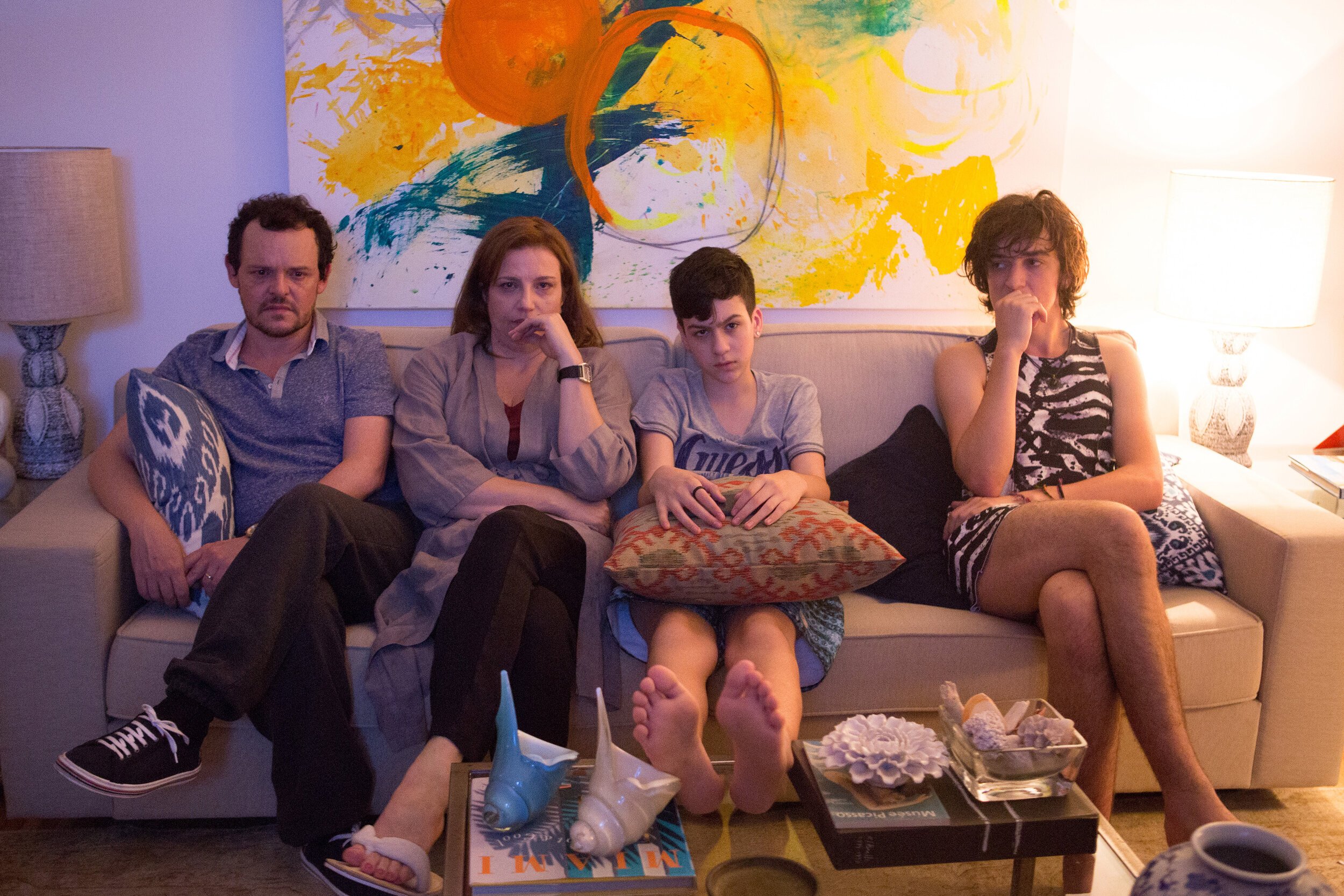Queer Adolescence(s) and Shifting Intersectionality in Don't Call Me Son
Don't Call Me Son, Anna Muylaert (2016)
Pierre (Naomi Nero) prowls around a makeshift party as Don't Call Me Son opens—his lavish locks draped around his face. After he (or they, or she; we'll return to this later) seduces a girl, the two make their way to a bathroom to consummate their youthful passion. Pierre takes off his pants, revealing a thong. The film efficiently sets out one of its main themes in these opening shots—its protagonist's category-defying fluidity.
Don't Call Me Son tracks Pierre's fluid sexual and gender expression as he is forced to journey through social classes; when it is discovered that his supposed mom stole him from the hospital, Pierre is placed back into the biological upper-middle-class family that has been searching for him ever since. While Don't Call Me Son's first 20 minutes take place in a working-class milieu—surveying emotional outbursts, profanity-spouting adults, cheap flip-flops, and trashy tattoos—its second part is situated within the frosty yet comfortable environment of the Brazilian upper-middle-class.
Don't Call Me Son, Anna Muylaert (2016)





